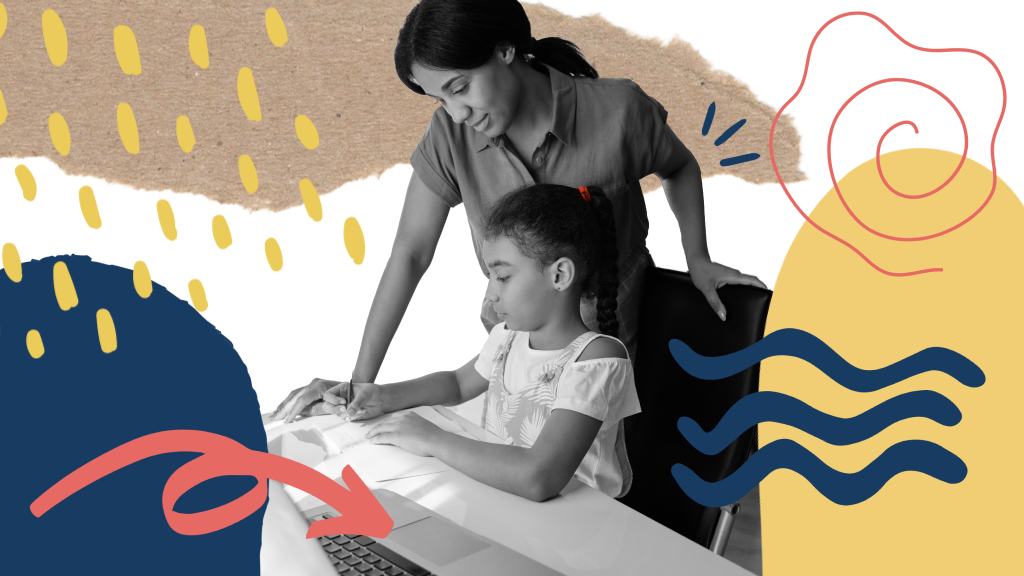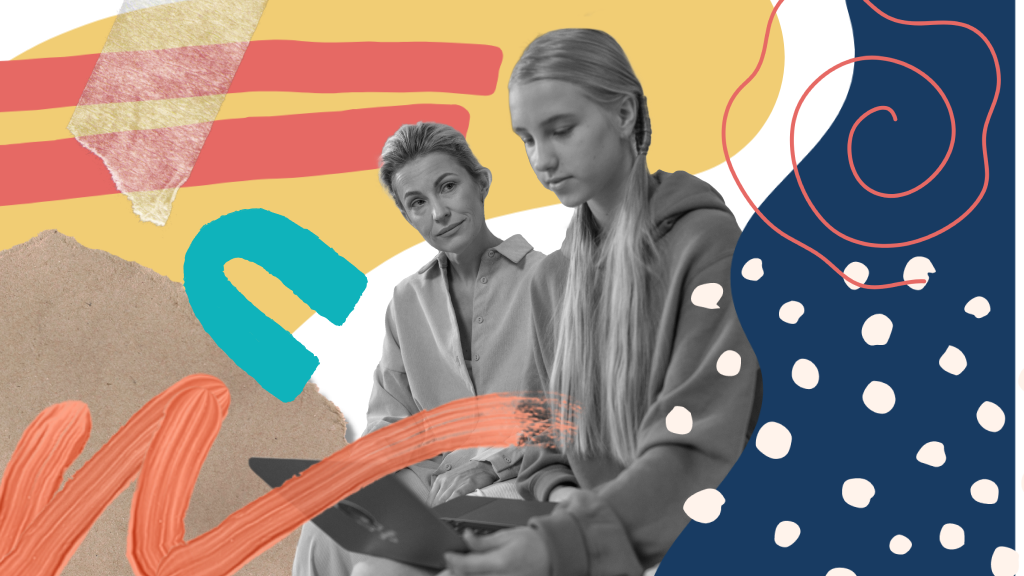Supporting culturally responsive teaching during Black History Month and every day
11 Feb 2021

We move into black history month on the heels of MLK Day, a national holiday celebrating Martin Luther King’s outstanding leadership. The month-long acknowledgment is a chance for administrators and teachers to highlight the undeniable achievements and impact Black Americans have had on American History. Rosa Parks, Malcolm X, Toni Morrison, and Maya Angelou, to name just a few, are more likely to make their way into school curriculums and classrooms in February than any other month of the year.
These practices elongate what historian Dr. Carter G Woodson and minister Jesse E. Moorland started in 1915 when they founded the Association for the Study of Negro Life and History, now known as the Association for the Study of African American Life and History (ASALH) and the first “Negro History Week” in 1926. Positioned in the same month as Abraham Lincoln and Frederick Douglass’ birthdays, on the 12th and 14th of February, the week was intended to encourage people to go ‘back to that beautiful history…and inspire us to greater achievements.’ Sourced from etonline.com.
A century later, give or take some years, many schools and districts are still doing essentially the same thing with Black History Month. To be sure, celebration and inspiration can be positive motivators for more significant achievement among black and brown students–and all students traditionally excluded due to ethnicity, race, or other non-privileged environments–not adequately represented in our schools. That said, celebration, inspiration, and one month in twelve representations aren’t enough to significantly improve student outcomes. These nods at cultural inclusiveness don’t empower students with first-hand experience or the skills they’ll need to move themselves to independent learning, a key return on the investment of a commitment to Culturally Responsive Teaching.
By now, particularly in the wake of last summer’s Black Lives Matter protests, most administrators and teachers are on board with celebratory or inspirational acknowledgment of underrepresented achievements. What’s more challenging for many people is coming to terms with white supremacist roots in our educational system and working to evolve by becoming fluent and practiced in Culturally Responsive Teaching, not just during holidays or celebrations but every day, in every lesson, and every way possible but especially in connecting and building trust with students.
If becoming a more culturally responsive teacher is something that interests you, It may help you to know more than 1,160 educators from all over the world joined Lessonbee founder and CEO Reva McPollom and Lessonbee curriculum lead Katie McPollom for a webinar on Culturally Responsive Teaching and SEL. It was truly an awesome experience. View the edWebinar Recording.
You can also keep reading to get a little more information and support from the rest of this article.
If you’re new to Culturally Responsive Teaching (CRT) or just in need of review, these five questions can help you.
What is Culturally Responsive Teaching?
Culturally responsive teaching connects students and teachers at a deep level creating a shared foundation of trust. To connect, administrators and teachers must affirm and validate. In Culturally Responsive Teaching & The Brain, Zaretta Hammond writes, “and validation refers to the explicit recognition and acknowledgment of historical institutional racism, negative stereotyping, and generalizations that impact culturally and linguistically diverse students.”
How does it Work?
Because Culturally Responsive Teaching builds the relationship between the teacher and student from the inside out, it results in referent power. According to Raven and French–Leadership experts whose foundational teachings date back to the 1950s–referent power is the best kind for getting people to own what they’re doing. What’s more, they want to produce excellent outcomes because they like you and want to please you. When you’re someone your students know, like, and trust, it lights a fire in them to do what it takes to move themselves to independent learning.
Why is it so important?
To get students to do what you want them to do–become successful, for example–they must feel you see them and have their best interests at heart when you’re making decisions. This is the foundation of trust.
Positively responding to racially and linguistically diverse learners affirms identities. To quote Reva, “It’s like pumping oxygen into the room. Culturally responsive teachers and leaders recognize collectivist culture’s values and implement strategies such as building relationships, validating history and historical context, and creating shared goals.”
Our relationships are the brick and mortar of the lives we build. And when we produce the appropriate level of trust with our students, only then can we demand the kind of rigor Hammond agrees is essential to student success. In other words, CRT is NOT celebrating cultures and being affirming without building trust with students and giving them specific and direct feedback against a high bar of excellence.
What gets in our way?
Sometimes, when confronted with leadership and teaching demands, we forget to self-assess, learn, grow, and work to remain open-hearted and open-minded. Take a moment to reflect on how you can accurately self-assess, learn, grow, and continue to do the work. Regularly ask yourself how you can practice the skills that consistently increase inclusion and empathy.
How can administrators and teachers come up to speed in a way that’s efficient and cost-effective? The McPolloms give the following suggestions:
- Reflect on your values: do they align with actions/mindsets that contribute to the greater good?
- Create goals that are good for the group and communicate clearly.
- Get to know the people in your environment and really listen.
- Interrogate individualist vs. collectivist values in your own life and work.
- Affirm other people’s culture and validate history.
- Give feedback that communicates high expectations and confidence.
- Continue to learn and practice empathy rather than assume you have it.
Do you know how your students genuinely feel about their school experience? Is there more you could be doing to learn even more about how your students feel about their school experience?
If you don’t know or feel you could learn more, ask but not before you’re sure you’ve established enough trust for them to tell you the truth. Make, and require students to take anonymous surveys. Promise them that their answers are safe with you. Build trust by communicating to them WHY you need this information and HOW you intend to use it.
Take the feedback you receive and put it to fair use making your classroom or school a safe place for all of your students. In this environment, you are doing the work to welcome and strengthen student voices. Cultivating, nourishing, and strengthening traditionally underrepresented student voices in your classrooms and schools will help you recognize the unique gifts and talents of individual students. When shared with the group, varying perspectives enhance everyone’s learning. This kind of connection and relationship building is at the heart of Culturally Responsive Teaching and leads to better student and better teacher outcomes.
And speaking of feedback, be mindful of the kind of feedback you give. The McPolloms go into more detail and research on feedback in the webinar. Participants were wowed by some of the research they shared. If you haven’t already watched it, you can View the edWebinar Recording.
In short, when giving feedback, it’s important to set high expectations. Reva states “Unconscious biases often lead to differences in feedback and degree of development across lines of difference.” If you don’t already, learn to practice asset-based feedback. In the simplest terms, an asset-based approach to feedback focuses on strengths. It views diversity in thought, culture, and traits as positive assets. When you value people for what they bring to the table rather than characterizing them by what they may need to work on or lack, you’re doing everyone a tremendous service. Asset-based teaching can unlock students’ potential by focusing on their talents.
“Also known as strengths-based teaching, this approach contrasts with the more common deficit-based teaching style, which highlights students’ inadequacies.” (Association of College & Research Libraries, 2018). Jacqueline Richards, a psychotherapist for children and teens, writes about this in a recent Edutopia article: “While traditional rules-and-consequences discipline is sometimes effective in stopping detrimental behaviors, it may have negative effects on the long-term resilience and connection within the community.” I highly recommend you check it out, definitely worth the read.
It’s important to keep in mind that the goal of culturally responsive teaching is to help move students from dependent to independent learning. The right technology can support teachers in becoming more culturally responsive. At Lessonbee, we prioritize health and connection. When students learn independently through our modules, they become genuinely confident about what they know and feel comfortable discussing. We also use play, diverse characters, cultural references, and realistic scenarios that are relatable for students. We understand that they won’t believe or trust us if our lessons seem outdated or out of touch with their realities. We also created the platform so teachers can quickly flip their lessons and be responsive to students’ needs.
To quote Reva, “we create self-paced courses that support flipped learning and reflective learning by ensuring each student receives the same level of information and skill-building activities via an adaptive journey that meets them where they’re at. This means that when students come into the classroom or Zoom room, they are more likely to be focused and on task; they come with greater confidence and openness to engage in discussion and reflection more meaningfully.”
In the webinar live chat, administrators and teachers just like you shared CRT tips and experiences:
Jennifer Fowler encouraged her peers to answer the following, “What can you do this month to help where you are at? And encouraged peers to “challenge yourself, your family, and your coworkers to learn more about the part you play” in white supremacist culture.
Allison Paludi shared a successful classroom experience. She said, “we take brain breaks to think about what our brain just did.”
Administrators and teachers also took away crucial insights:
“Trust is huge,” said Tammy Stritenberger.
“Truly seeing and hearing students is quite meaningful for them,” said Gloria Bullock. View the edWebinar Recording.
I hope this article helps guide you toward becoming the change you’d like to see. If you have any questions, are interested in bringing Lessonbee to your school or district, or want to collaborate with Lessonbee in any way, please contact me at clementina@lessonbee.com.
Read More

Human Trafficking: Understanding the Impact and How to Help

A Guide to Social Emotional Learning for Homeschooling Parents

How to Help Your Child Deal With Online Harassment

Online Safety for Parents: How to Safeguard Your Child in the Digital World


